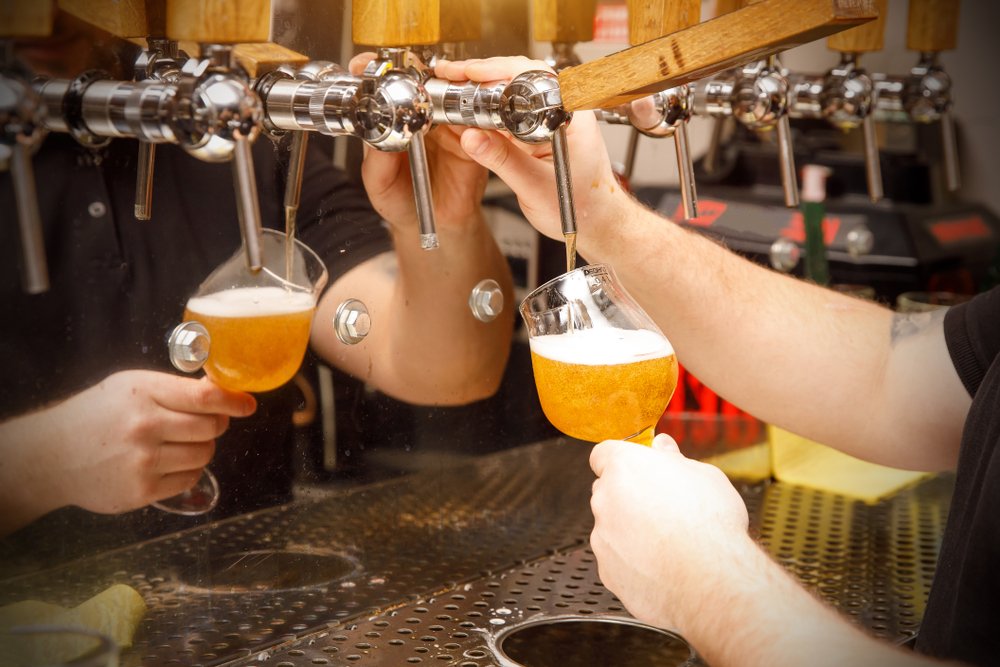
Managing a Rotating Tap System
The country is full of craft breweries and the number continues to grow. With all this great beer on the market, deciding your draft lineup can make for some tough decisions. Having a rotating tap system comes with a number of benefits and, although it sounds daunting, it is an easy program to manage. There are just a few key points to keep in mind:
Ordering and Keg Sizes
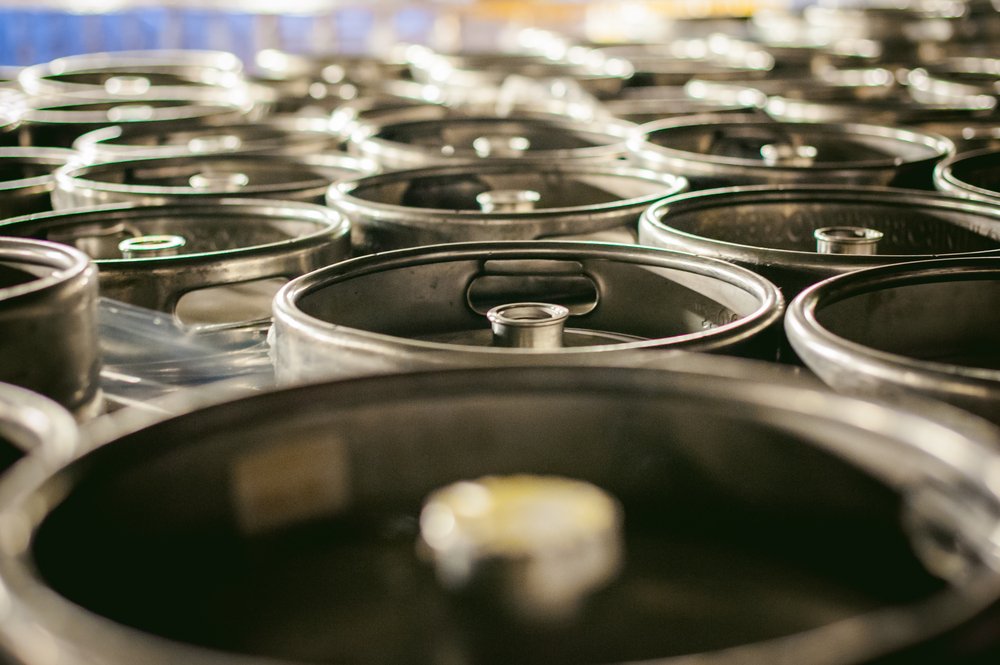
Don’t be pushed into ordering kegs too early by reps who want to make their sale. If you’re going to buy their beer, they should be happy to wait until you’re ready. When’s the optimum time to order? Typically when the current keg you have is about half full. If the keg is not shifting quickly because it’s a highly specific beer then wait until it’s closer to being empty.
More often than not beers will only be available in the most popular 1/2 size of kegs. Sometimes producers will make their more popular and some seasonal brews available in smaller sizes. These smaller sizes are worth considering, especially for more specialty and less well-known beers. It’s important to be wary of higher prices for these smaller keg sizes. They may price your beer out of some drinkers preferred price range, making it harder to sell.
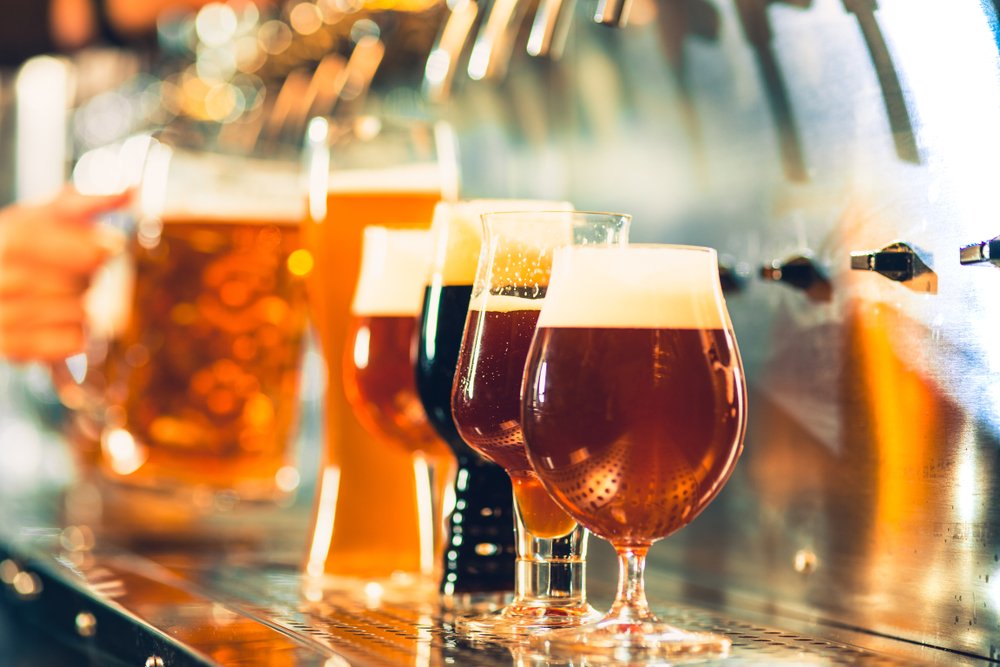
Seasonal Beers
I mentioned seasonal beers above and this is what most people choose to populate their rotating tap with. Seasonal is in and it is popular! Many breweries, even small ones, make a variety of seasonal beers, some producing more than one for each season. Beers that suit the season are good to have on your rotating tap because you get a little more assurance that they might sell.
Season’s End or Sell by Dates
All beer has a sell by or, more likely, a best before date on it. If these dates are getting close consider running a staff competition based on this beer or just reduce the price. If you have a seasonal beer, for example with a dark, rich stout during the wintertime – you’ll want to get it out of the system before the weather turns! Once the weather starts to warm up, customers are looking for something lighter.
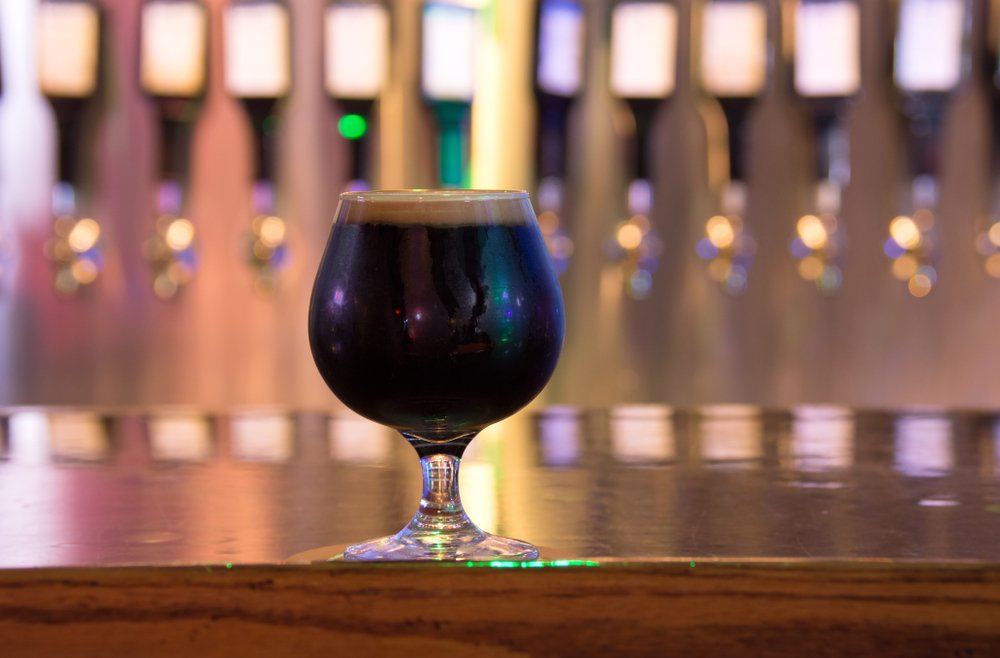
Throwing Away Beer
Don’t be afraid to throw beer away; well, you’ll just be returning it but you won’t be getting any credit for it. Either way, keeping that beer on your tap when it’s not moving is a bad idea, especially if it’s past its sell-by date. You probably won’t be wasting a huge amount of money. Disconnecting that keg and tapping a fresh one will probably have you recovering from your loses with the extra sales from the new beer.
Look Out For, But Beware of, Bargains
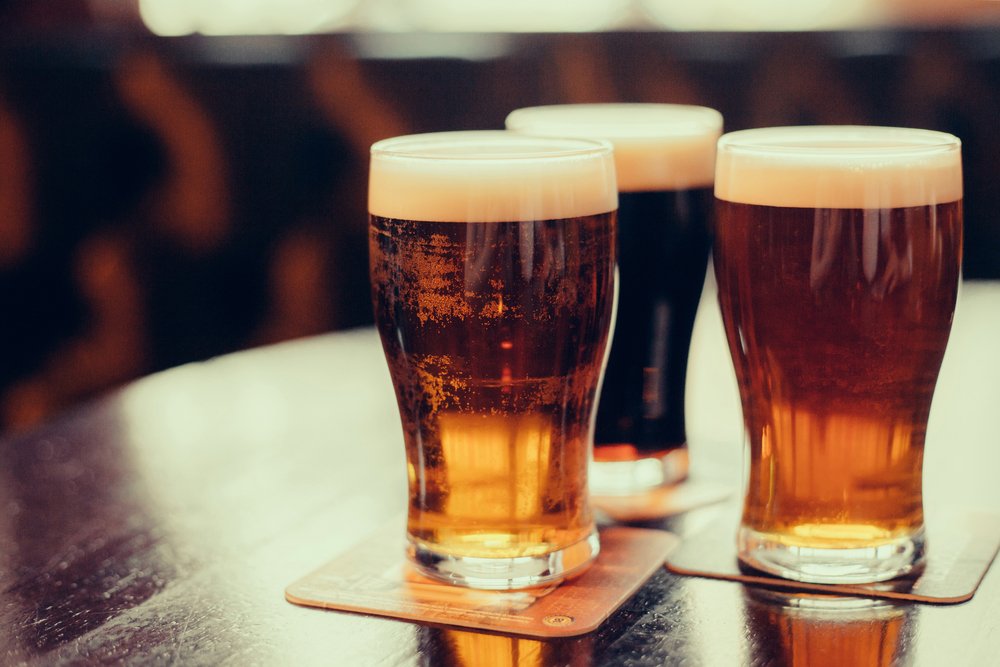
These will come in the form of bulk offerings or cut-price offerings from your beer rep. Often these are done in good faith however, sometime it can maybe be too late in the season for you to want to buy a style of beer. Consider what you’re buying and how much time you have to sell it before you commit to any cut-price or bulk deals.
A rotating tap system is a good way to experiment with new beers. Providing a varied selection is an excellent way to keep things fresh and exciting for your regulars. Local collaborations also help because local is now the theme and beer drinking visitors always want to try something local. A story, if there is one, either behind the beer itself or the name of the beer can often help move the product quicker. Always allow all your employees to taste the beer and let them know of any stories associated with it. If you keep the above points in mind whilst managing your rotating tap system you’ll find managing it a breeze. Its existence will probably help to boost your business or bring repeat customers.


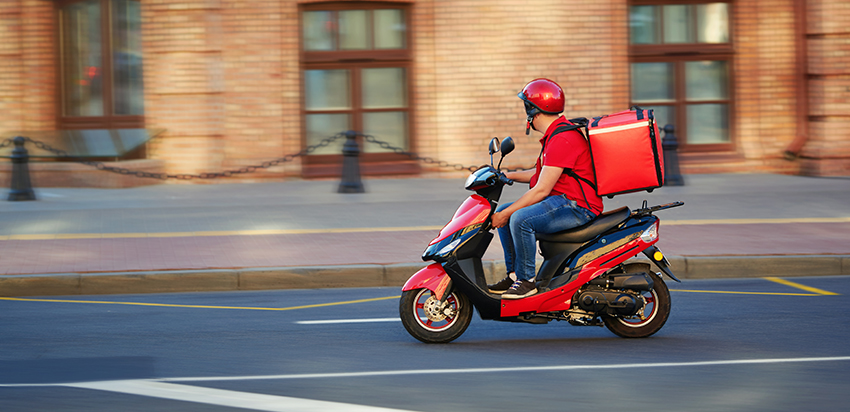

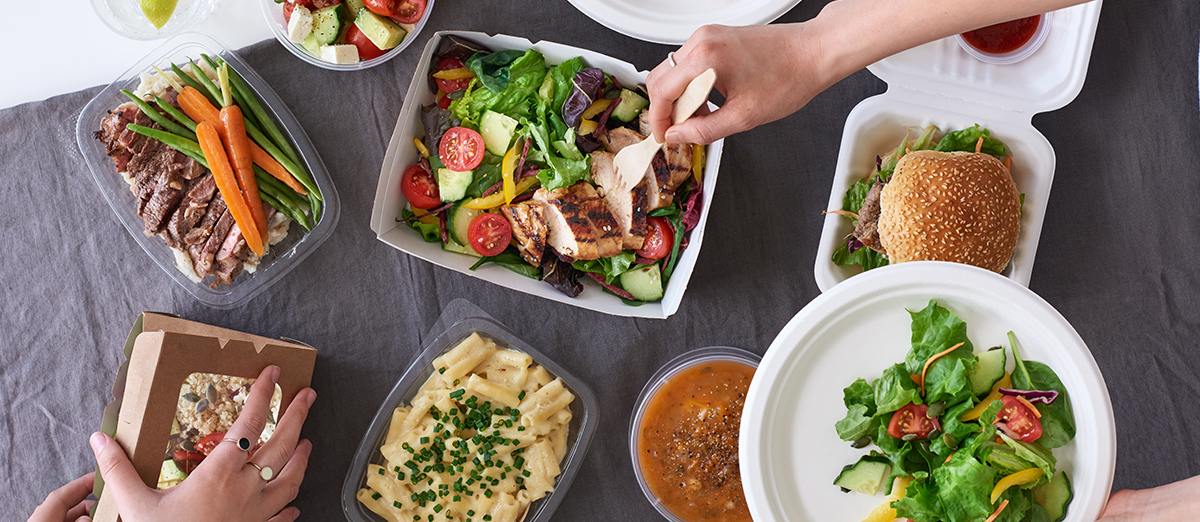

Write a Comment